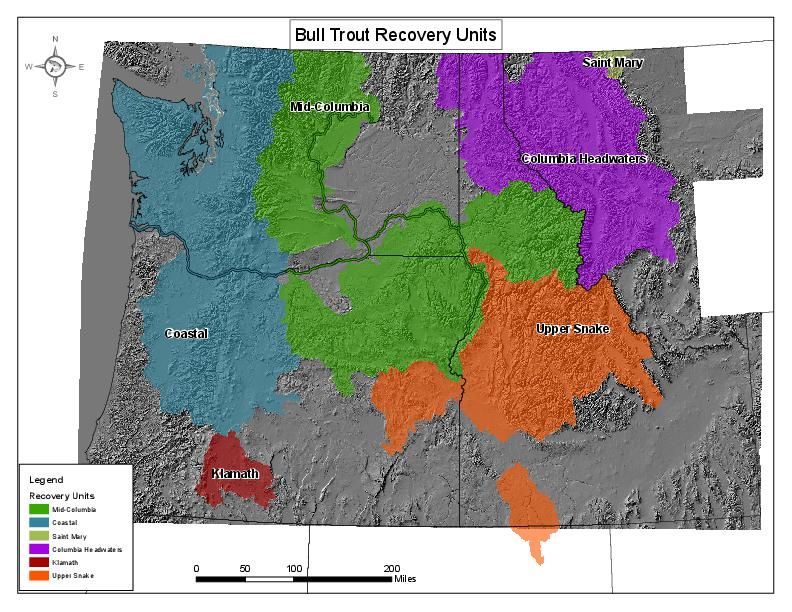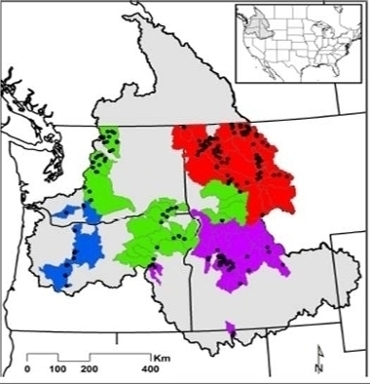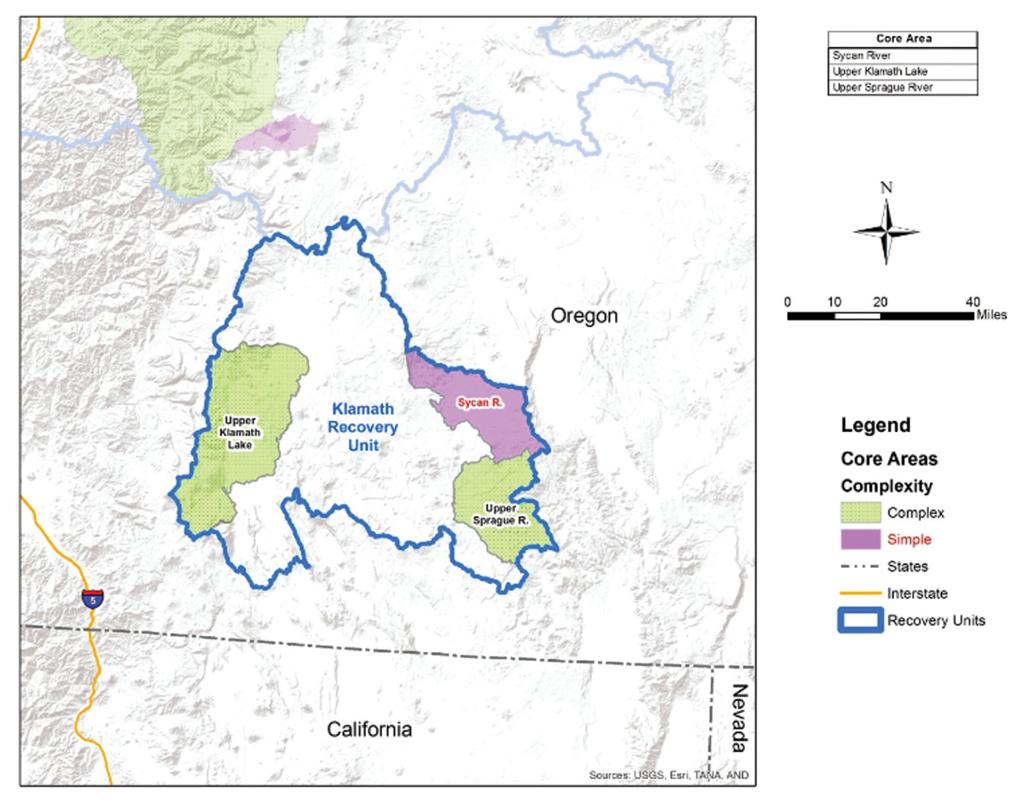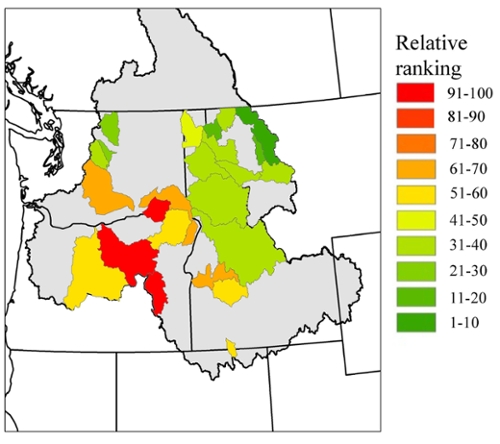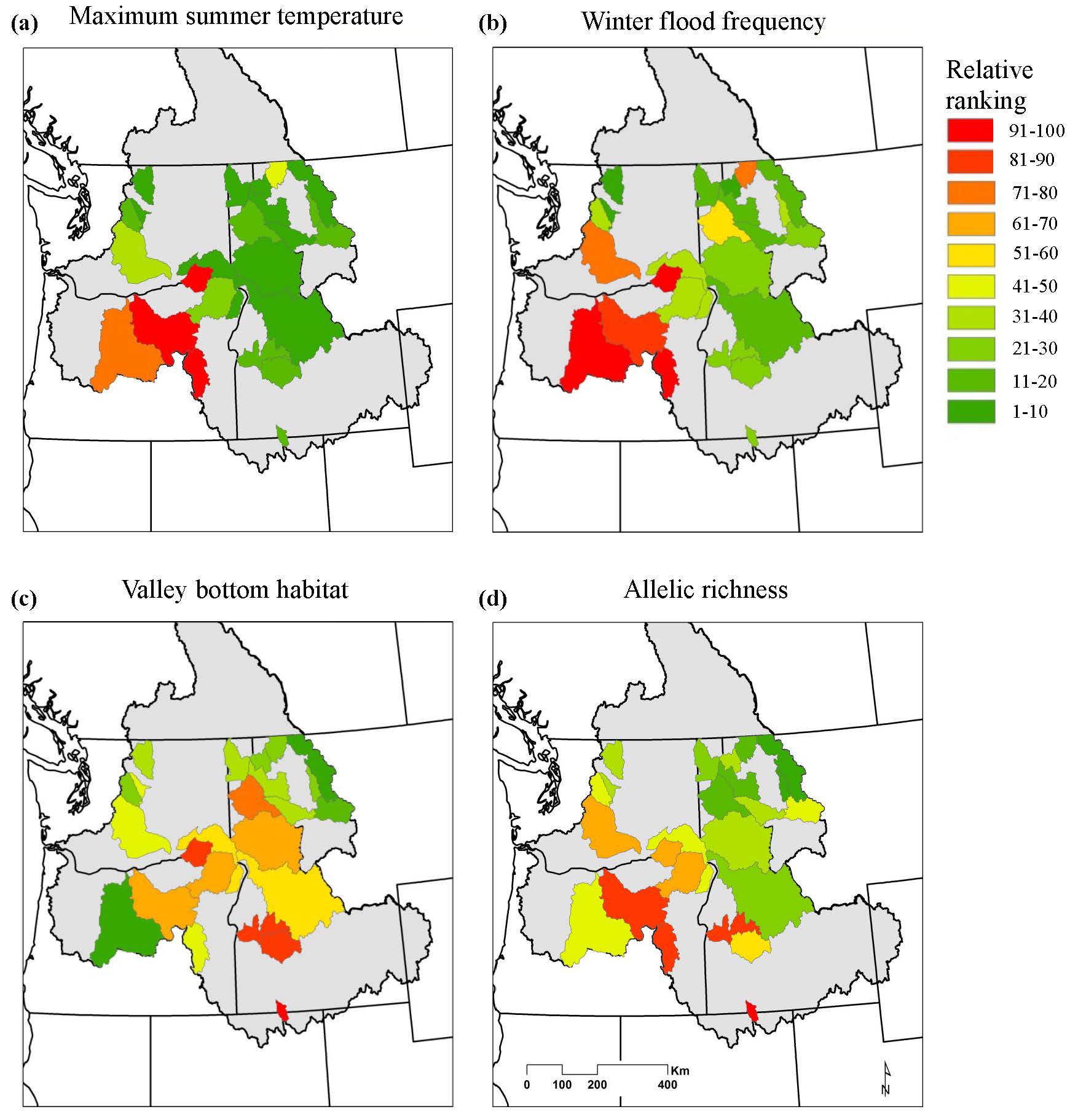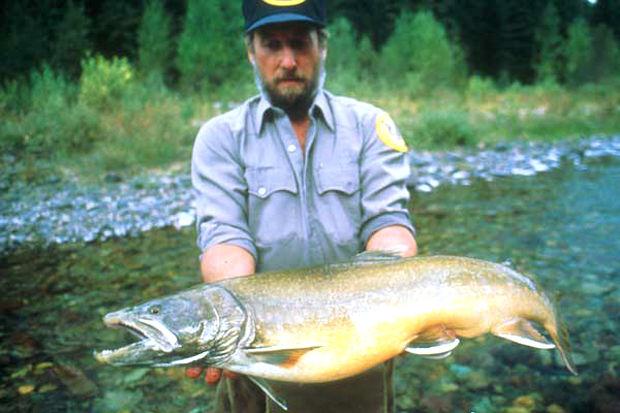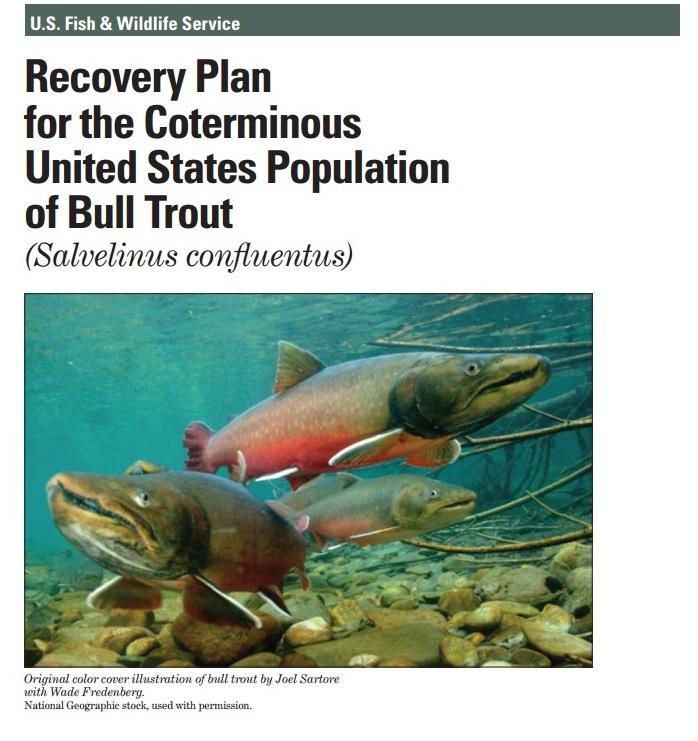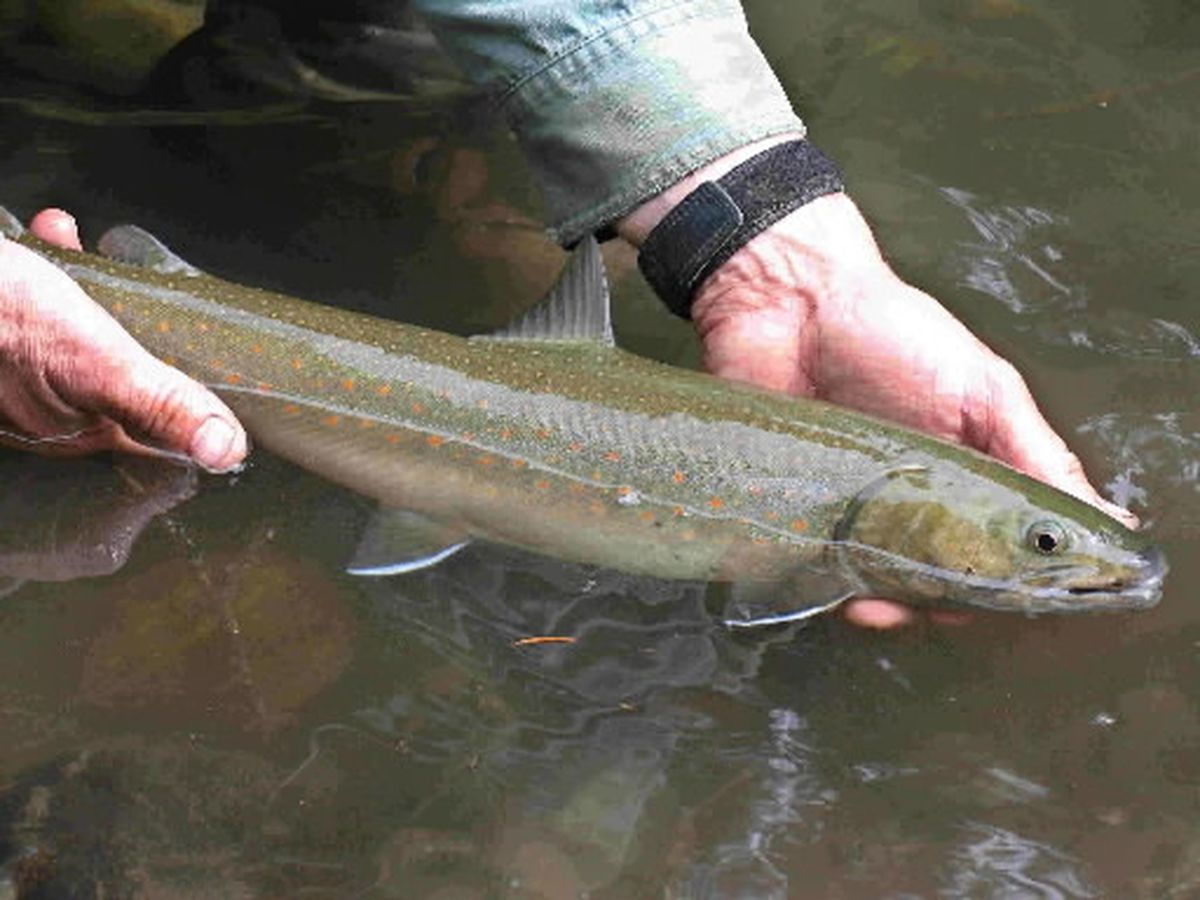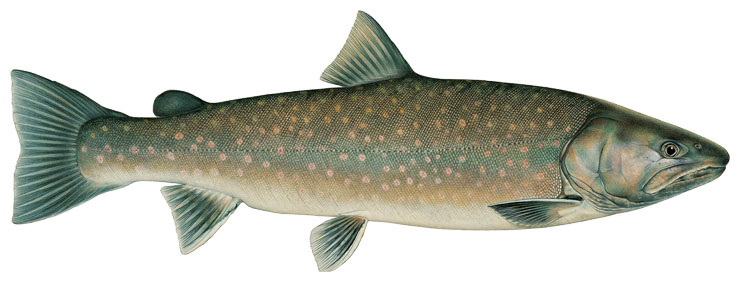Bull Trout Recovery Units

516 rows Figure 4a is captioned Representation of the best case long-term recovery scenario.
Bull trout recovery units. In 2011 six bull trout recovery units were identified ie Coastal Klamath Mid-Columbia Upper Snake Columbia Headwaters and St. Combinations of habitat degradation eg Fraley and Shepard 1989 barriers to migration eg Rieman and McIntyre. The Hells Canyon Complex Recovery Unit includes basins in Idaho and Oregon draining into the Snake River and its associated reservoirs from below the confluence of the Weiser River downstream to.
At the core of the plans strategy are six geographically specific implementation plans which. Bull trout populations throughout the Columbia River Basin are listed as federally threatened under the Endangered Species Act. MaryBelly based on data that suggest bull trout within each recovery unit share a common evolutionary legacy and future.
30072013 The Draft Bull Trout Recovery Plan USDI 2002b describes an organizational hierarchy for bull trout at nested spatial levels that include recovery units core areas and local populations the lowest rung in the hierarchical --organizational level. Columbia River region of the recovery unit the mainstem Columbia River provides productive foraging habitats for migratory bull trout and critical connectivity among core areas for potential gene flow and population refounding. Currently the bull trout is widely distributed in the St.
Current bull trout presence in the lower mainstem. Bull trout are found only in a 12-mile reach of the North Fork Belly River within the United States. Critical habitat was designated for Bull Trout on October 18 2010.
In the final rule the Service identified 32 critical habitat units representing 19729 river miles and. Fish and Wildlife Service by the Bull Trout Recovery and Monitoring Technical Group RMEG. Visit the Bull trout page for more information.
Release of bull trout minimize the impacts on these fish. 3 build upon the numerous and ongoing conservation actions implemented on behalf of bull trout since their listing in 1999 and improve. This interim recovery unit currently contains 6 core areas and 9 local populations USFWS 2002c.







